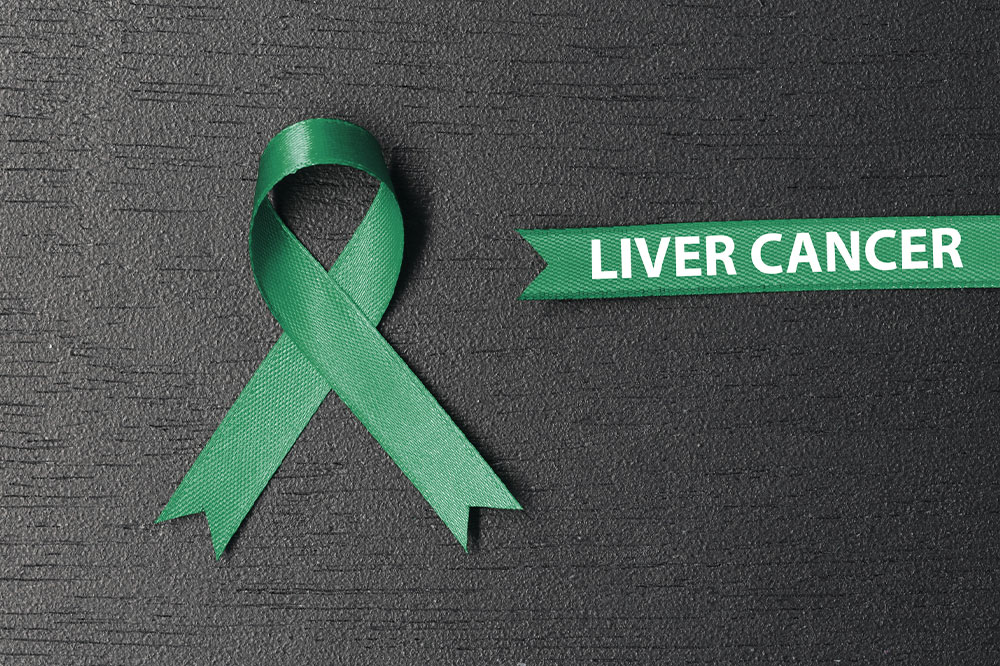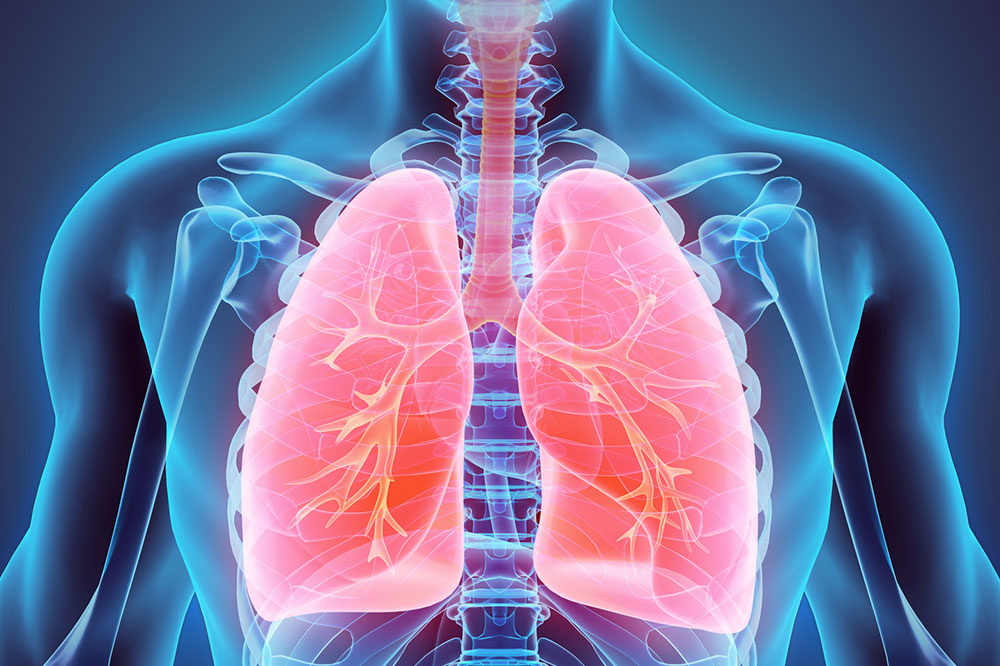Comprehensive Guide to Cancer: Causes, Symptoms, and the Latest Treatment Breakthroughs
Explore comprehensive insights into cancer, including its causes, early symptoms, and the latest treatment breakthroughs. Learn how early detection and modern therapies are transforming patient outcomes and shaping the future of oncology. This detailed guide emphasizes prevention, early diagnosis, and innovative treatment options to improve survival rates and quality of life for cancer patients.

Comprehensive Guide to Cancer: Causes, Symptoms, and the Latest Treatment Breakthroughs
Cancer remains one of the most formidable health challenges worldwide, characterized by the uncontrolled and abnormal growth of cells within the body. This complex disease arises due to a series of genetic mutations that disrupt normal cell regulation, leading to the formation of malignant tumors. These tumors can invade surrounding tissues and spread to distant parts of the body through a process known as metastasis. Understanding cancer—its origins, warning signs, and innovative treatment options—is crucial for early intervention and improved survival rates.
Cancer is broadly categorized based on the nature of tumors. Benign tumors are noncancerous growths that do not invade neighboring tissues or spread to other parts of the body. In contrast, malignant tumors are aggressive, invasive, and capable of metastasizing, making them life-threatening. The most common types of cancer include breast, lung, skin, lymphoma, and prostate cancers, each with unique characteristics and risk factors. Encouragingly, early diagnosis significantly enhances the likelihood of successful treatment outcomes. Advances in medical research and technology continue to revolutionize how we understand and combat this disease.
According to authoritative sources like the National Cancer Institute, the global incidence of cancer continues to rise each year, underscoring the importance of awareness, prevention, and early detection. Several key factors contribute to the development of cancer:
**Tobacco Use:** Cigarette smoking, cigars, and smokeless tobacco contain carcinogens and radioactive substances that substantially increase the risk of lung and other cancers.
**Unhealthy Lifestyle Choices:** Poor diets high in processed foods, red meats, and sugars, combined with insufficient physical activity, can lead to obesity—a significant risk factor for various cancers, including breast, colon, and pancreatic cancers.
**Persistent Infections and Chronic Inflammation:** Conditions such as hepatitis B and C, human papillomavirus (HPV), and Helicobacter pylori infections can cause long-term inflammation, damaging DNA and promoting carcinogenesis.
Environmental exposures play a vital role; ultraviolet (UV) radiation from excessive sun exposure is a well-known cause of skin cancers like melanoma. Industrial pollutants and carcinogenic chemicals also contribute to increased cancer risk, especially in occupational settings.
Recognizing early symptoms is essential for prompt diagnosis and effective treatment. Some common warning signs include:
Unusual bowel or bladder habits might indicate colon or bladder cancer.
Noticeable changes in skin or moles, such as asymmetry, border irregularities, or color changes, may signal melanoma or other skin cancers.
A persistent cough, hoarseness, or recurrent lung infections could be signs of lung cancer.
Unexplained weight loss, persistent fatigue, loss of appetite, or abdominal pain can be symptoms of various cancers.
Vaginal bleeding, pelvic pain, or a lump in the abdomen might be early indicators of reproductive system cancers.
If any of these symptoms are observed, seeking medical advice promptly facilitates early diagnosis, which is often linked to more successful treatment outcomes. Regular screenings and health checkups are vital components of cancer prevention strategies.
The landscape of cancer treatment has evolved significantly, thanks to technological advancements and novel research initiatives. The primary treatment options include:
Surgical Interventions: Surgical removal of the tumor remains a cornerstone for localized cancers, often performed after diagnostic biopsies confirm cancer type and stage. Advances in minimally invasive techniques like laparoscopic and robotic surgery have reduced patient recovery times and surgical risks.
Chemotherapy: This systemic treatment involves the use of potent drugs designed to target and destroy rapidly dividing cancer cells. Chemotherapy can be used alone or in combination with other therapies, and ongoing research is focused on reducing side effects and improving efficacy.
Hormonal Therapy: Particularly effective for hormone-sensitive cancers such as breast and prostate cancers, hormonal treatments work by modulating or halting hormone production. These therapies often involve drugs that block hormone receptors or surgical removal of hormone-producing organs, thus impeding cancer growth.
Emerging therapies, including immunotherapy, targeted therapy, and personalized medicine, are transforming the oncology landscape. Immunotherapy leverages the body's immune system to recognize and attack cancer cells, offering hope for cancers previously deemed untreatable. Targeted therapies utilize genetic information about tumors to develop drugs that specifically attack cancer cells while sparing healthy tissue. These innovative approaches are continuously being refined, promising better survival rates and improved quality of life for patients.
Prevention and early detection remain critical in reducing cancer mortality. Lifestyle modifications, such as quitting smoking, maintaining a healthy weight, adopting a nutritious diet, and protecting skin from UV radiation, are effective preventative strategies. Regular screenings—such as mammograms, colonoscopies, and Pap smears—help identify cancers at early, more treatable stages.
In conclusion, understanding the causes, recognizing the early symptoms, and staying informed about modern treatment advances are essential steps in managing cancer effectively. Continuous medical research and technological innovation are paving the way for more targeted, less invasive, and more successful therapies, ultimately saving lives and improving patient outcomes worldwide.





